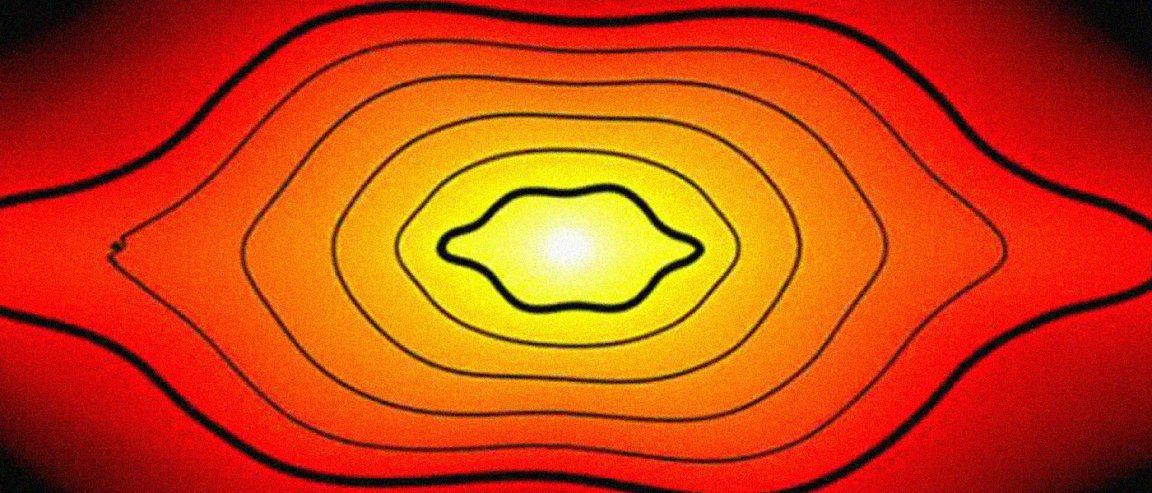
Some strange, double peanut shell-shaped structures were found in two nearby disc galaxies. The stars in these galaxies are distributed in such a way that there is an enormous bulge at the center, making the galaxies look rumpled—kind of like a nut.
Ultimately, these mysterious shapes have prompted astronomers at the Swinburne University of Technology in Melbourne to develop new imaging software that will, hopefully, make it possible to observe them better and uncover their origins.
These odd structures are found in NGC 128 and NGC 2549, and data from the Hubble Space Telescope and the Sloan Digital Sky Survey reveals that there is a second peanut shell shape structure.

“They resemble two peanut shells, with one neatly nested within the other; this is the first time such a phenomenon has been observed,” says Bogdan Ciambur, a PhD student who leads the investigation.
Ciambur adds, “The discovery is exciting because it will enable us to more fully test the growth of bars over time, including their lengths, rotation speeds, and periods of instability.”
Hopefully, state-of-the-art simulations will also uncover the reasons behind the peanut-shaped bulge. “We expect the galaxies’ surprising anatomy will provide us with a unique view into their pasts. Deciphering their history can tell us about transformations that galaxies like our own Milky Way might experience.”